



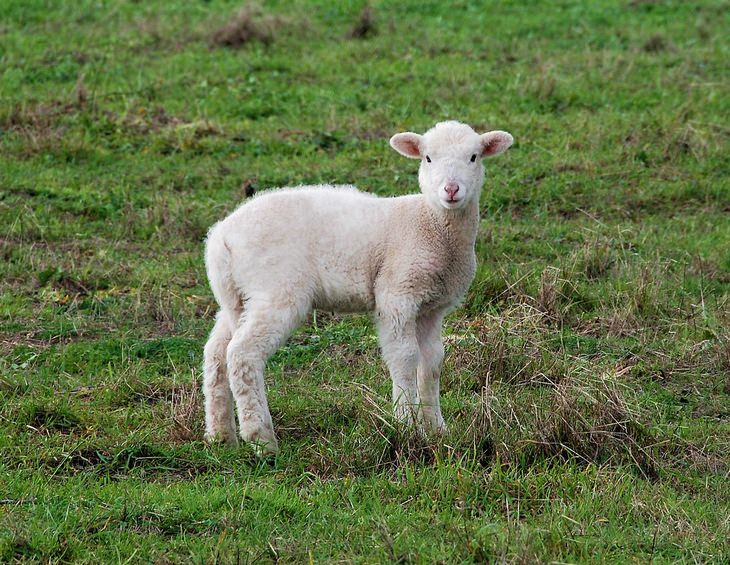
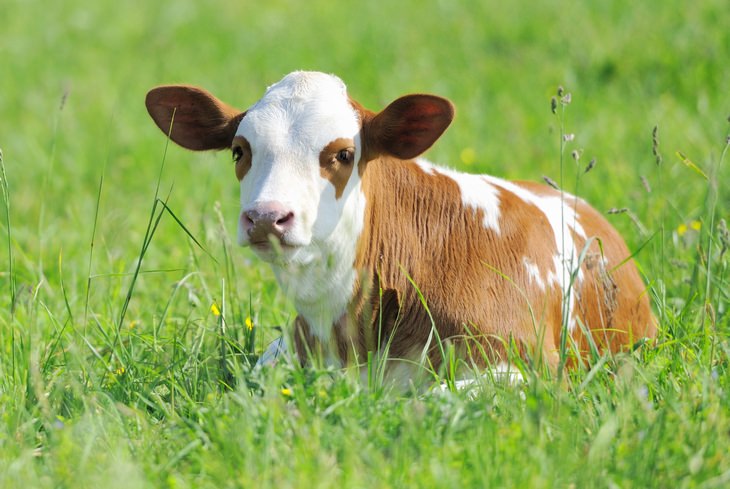
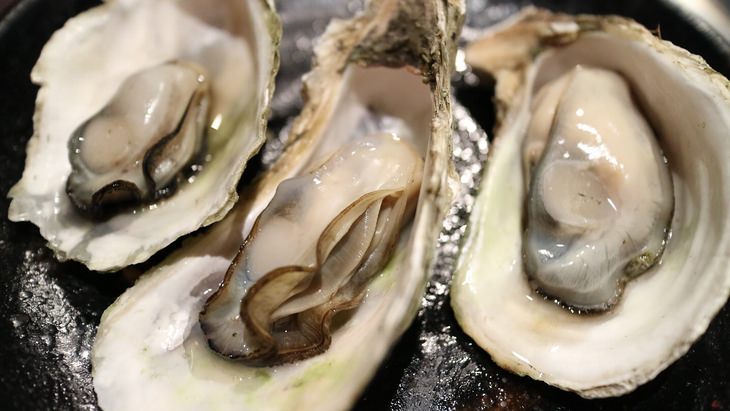





10 Words that Mean the Opposite of What They Used to Mean
These meaning of words we know today used to have an opposite meaning when they were first used.
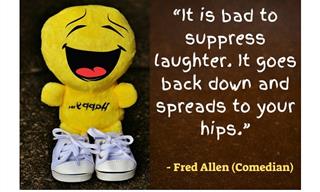
14 Quirky Inspirational Quotes to Put a Smile on Your Face
Feeling a little down? These humorous words of wisdom will inspire you with a smile.
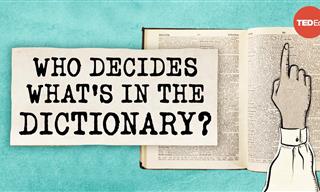 5:23
5:23
What Made the Merriam-Webster Dictionary Last So Long
How do new words get added do the dictionary? Watch the surprising history of the Merriam-Webster Dictionary to find out...

The 12 Words of Christmas: Funny Long Lost Phrases
If you think eggnog and wassail are funny-sounding, wait till you hear the Christmas words that didn't stand the test of time
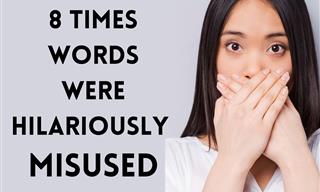
8 Hilarious Malapropisms by Famous Figures
Everyone, from politicians to celebrities, had a language slip-up at least once...
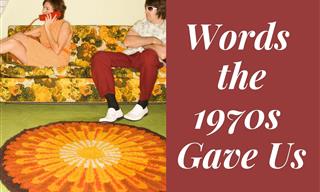
Can You Believe These Words Didn’t Exist Before the 1970s?
When a new words spreads it seems it's been around forever. But in reality, many of the words we use everyday are quite new. These didn't exist before the 1970s.

Incredible Photos of Veterans from the Napoleonic Wars
Take a look at these incredible and only photos of veterans during the Napoleonic war.
 46:36
46:36
50 Years On, Looking Back at the Great Train Robbery
The Great Train Robbery was one of the greatest heists in British history. This documentary could be the last chance to find out the answers everyone wants...
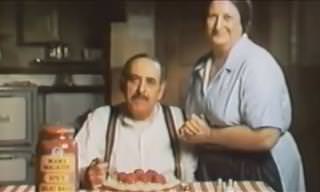 15:00
15:00
Nostalgia: The Unforgettable Commercials of the 60s & 70s!
These classic television commercials from the 60s and 70s are a must watch!
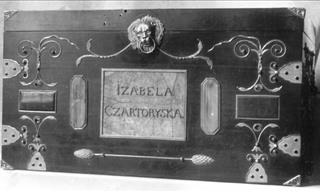
These 10 Invaluable World Treasures Were Never Recovered
All 10 of these valuable treasures have a mysterious fate, as they were all stolen or lost not so long ago and never recovered
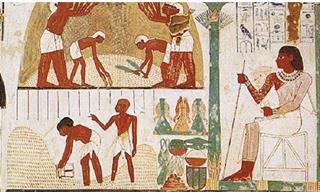
A Fascinating History of Clothing in the Ancient World
Ever wondered what fashion was like in the ancient world?

8 Books That Predicted the Future With Strange Accuracy
It always feels eerie when the future is predicted correctly and it turns out literature is full of such accurate forecasts. These 8 novels were particularly spot on.

There is No Greater Blessing than Your Family
Beautiful Words: Having a family to care for is a blessing.
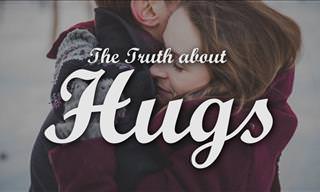
WATCH: This Is One Free Gift That Everybody Yearns For
If there's one thing you can do to provide solace, comfort, and love to someone else, it's by cuddling them. Watch this video for more about wonderful hugging.

It’s a Shame We Stopped Using These 17 Old English Words
These 17 old words are definitely missing in our modern vocabularies and deserve to be brought back into day-to-day speech

12 Things We Use Today But Looked Creepy Back In the Day...
Take a look at some shocking discoveries from our past - from what a face mask looked like back in the day, to what diving was like, and more.
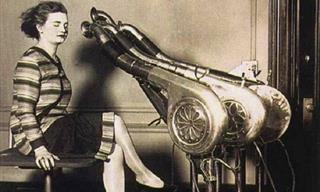
A Look Back at How 15 Famous Inventions Started Out
Today, let’s look back at the fascinating vintage versions of modern tech that we still use.
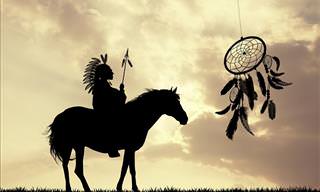
These Native American Achievements Are Truly Outstanding!
Read all about ten of the greatest achievements that the Native Americans made before the arrival of Europeans

Wish Someone a Lovely Day With This Great Song...
This uplifting song is going to make anyone's day, guaranteed!
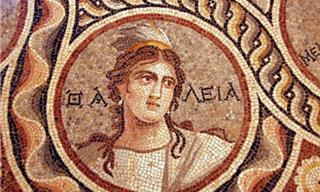
A Look into Ancient Greece Like You've Never Seen Before
What can interior design and fashion trends tell us about a culture? A lot more than you think.
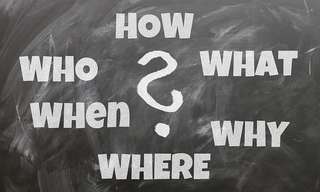
17 Fascinating Facts That You Probably Didn't Know
17 tidbits of information that you probably didn't know and will probably surprise you.

16 Wonderful Japanese Ideas We Should All Start Copying
The Japanese are unique. Their ways seem perfectly designed to help the population live happy fruitful lives. Here are 16 cool Japanese things we should copy.

We Bet You Never Knew the Origins of These Common Idioms!
We bet you use the following 8 common idioms all the time, but have you ever stopped to take the time to think about where they came from?

These Photos Make Sure We Will Never Forget WW2
These photos document some of the moments of this epic yet haunting time in our history. I hope that future generations will not forget the lessons that war has taught us.

Believe These Myths to Be True? The Facts Are Surprising
Read through 11 common misconceptions, you've likely thought were facts.

Why You Might Want to Consider Switching to a Futon Bed
In this article, we will learn what a real futon bed is and if it is better for spine health than a western bed.
 5:06
5:06
Watch Andrea Bocelli and His Daughter Perform "Hallelujah"
Watch the legendary singer Andrea Bocelli perform a beautiful rendition of the famous song "Hallelujah" with his little daughter.
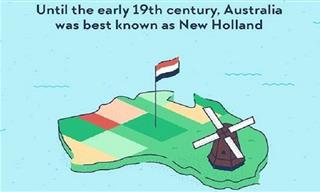
22 Of the Weirdest & Wackiest Facts Most People Don't Know
Did you know that Australia was once known as ‘New Holland’? Discover many such weird but true facts here.
 12:09
12:09
Witness How Cinema's Visual Effects Changed With Time
Witness the progression of visual effects in cinema from the Academy Awards of 1927 and moving all the way up to 2018's edition.
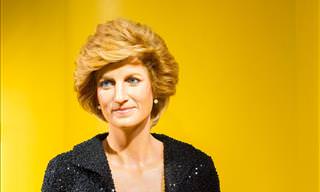 12:16
12:16
An In-Depth Look Into Who Princess Diana Truly Was...
A remarkable feature-length documentary that reveals a side of Diana we have never seen before.
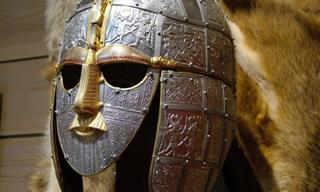
Things You Don’t Know About History’s Famous Artifacts
Wow, history really is an endless treasure trove of knowledge!
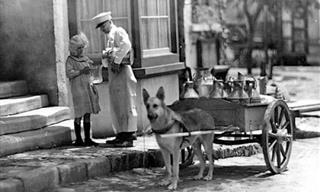
From Across the Decades, These Photos are Fascinating!
Join us as we take you through the ages and see some really incredible sights!

Got a Problem? Maybe These Funny Fixes Will Inspire You!
The fixes for these problems are going to bring a huge grin to your face!
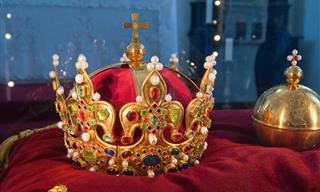
The Rise and Fall of the Tudors: A Royal History
Looking at key events in the history of the Tudor Royal family, where they came from, how they rose to power, and what caused their decline.

30 Essential Medical Terms For Bodily Functions
The next time you hear a doctor utter something in Latin, pay close attention, as after reading this article, you may understand what it means.
 4:33
4:33
Rock On with This 'Eye of the Tiger' Drum Solo Act
This has to be the most stunning drum performance!
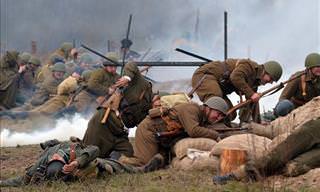
Experience the Dramatic Moments of WWII in Moving Color
This 13-episode television documentary series recounts the major events of World War II in HD color.
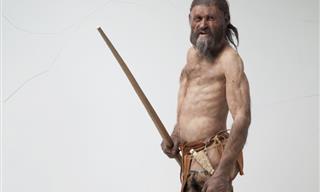
Ever Wonder What People Were Like Thousands of Years Ago?
Some of these ancient faces frown and others smile, but together they tell the fascinating history of humanity.

You Won't Believe People Actually Collect These Things
Check out these strange things people actually collect.
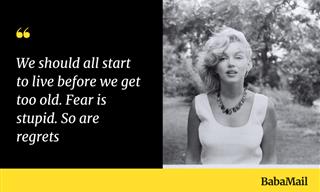
Marilyn Monroe's 15 Unforgettable Quotes That Resonate
These Marilyn Monroe quotes will change what you think of her.
 2:35
2:35
Kyle the Goose Simply Refuses to Leave Her Savior's Side
Mike Jivanjee seems to have gotten more than he bargained for when he rescued Kyle, the Canadian goose, from drowning in Lake Oswego. Check out this cute video.

14 Photos That Prove Just How Tough Winter Can Be!
Winter, as these photos undoubtedly show, is one of the toughest times of the year!
 5:10
5:10
The Art of War by Sun Tzu: A Beautiful Summary
Sun Tzu's the Art of War is still perhaps the greatest treatise on military strategy ever. This animated short explains the book in under 10 minutes.

Benjamin Franklin's Wisdom Has Echoed Throughout the Ages
In addition to being one of the Founding Fathers of the United States, Benjamin Franklin left many a thought to ponder. Here are 15 of his most famous quotes.
 2:23
2:23
This Cat Has Broken the Record for the Loudest Purr!
This Cat Has Purred Her Way Into the Record Books!
 44:39
44:39
Full Documentary: The Fascinating History of the Dark Ages
Watch this fascinating documentary that sheds some great insight into how Rome fell, and what the Dark Ages actually consisted of.

The Apollo Program: A History of Manned Space Missions
Only 12 men have ever stepped foot on the moon. Find out more about their successful moon landings here!


